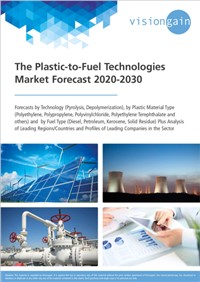Market Dynamics:
- Ban on Landfills in Developed Countries
- Rising Awareness About Environmental Protection
- Economical Cost of Plastic Recycling
- Better use of non-recycled plastics
- Increasing plastic waste
- Weak Waste Collection Systems
- Volatility in Prices of Virgin Plastics
- Presence of Additives and Pigments
- In April 2019, Norwegian energy firms Quantafuel and Geminor have entered a cooperation agreement to secure deliveries of plastic waste to Quantafuel’s plants for low emission fuel production.
- In May 2019, Brightmark Energy, a San Francisco-based waste and energy development company plans to invest $260 million to construct and equip a northeast Indiana plant to convert plastic into fuel, the first operation of its kind nationwide.
The Plastic-to-Fuel Technologies Market is segmented on the Grade, Plastic Material, Application, and Regional basis.
Grade
- Pyrolysis
- Depolymerization
- Polyethylene
- Polypropylene
- Polyvinylchloride
- Polyethylene Terephthalate
- Others
- Diesel
- Petroleum
- Kerosene
- Solid Residue
Regional Breakdown
Focused regional forecasts and analysis explore the future opportunities:
North America
- U.S.
- Canada
- UK
- Spain
- Germany
- Rest of Europe
- China
- Japan
- India
- Rest of Asia Pacific




